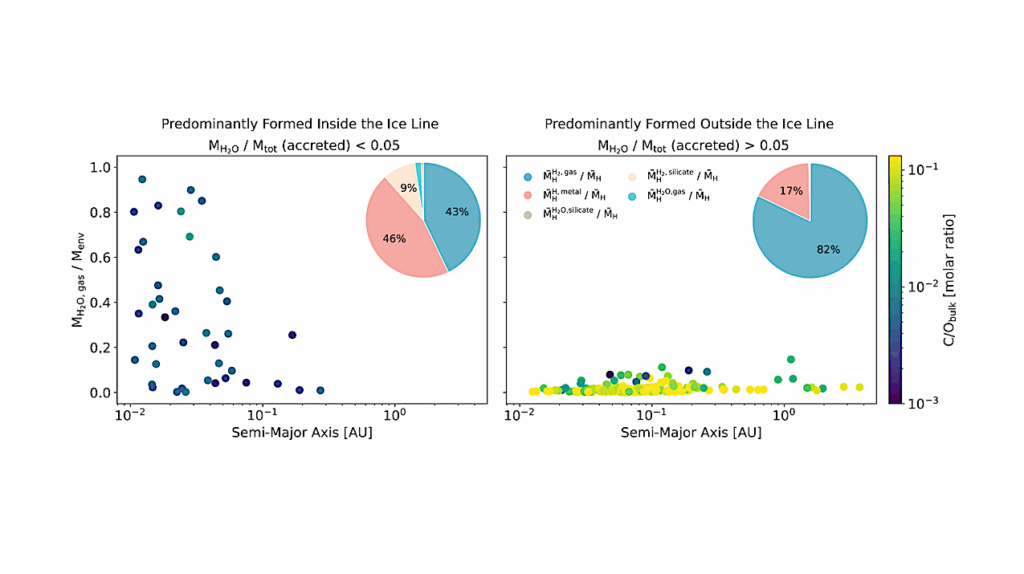Phosphorus and the Global Breath of Fresh Air
NAI and Exobiology Program scientists have studied the ratio of phosphorus to iron in ancient marine deposits, and have found that phosphorus levels are linked to the rapid diversification of animal life that began at the end of the Proterozoic era, about 700 million years ago. Their paper appears in a recent issue of Nature.
An increase in atmospheric oxygen at the time provided “raw material” for the evolution of respiration (breathing) and contributed to a protective ozone layer. The end of global “snowball Earth” glaciations likely paved the way for animal life to flourish, too, but the question remained, how does it all relate?
The data show a peak in phosphorus-to-iron ratios in iron formations dating from 750 to 635 Myr ago, indicating unusually high dissolved phosphate concentrations in the aftermath of the ‘snowball Earth’ glaciations. This postglacial phosphate increase would have caused high rates of primary biological productivity, as well as organic carbon burial and a transition to more oxidizing conditions in the ocean and atmosphere. [Source: NAI Newsletter]








